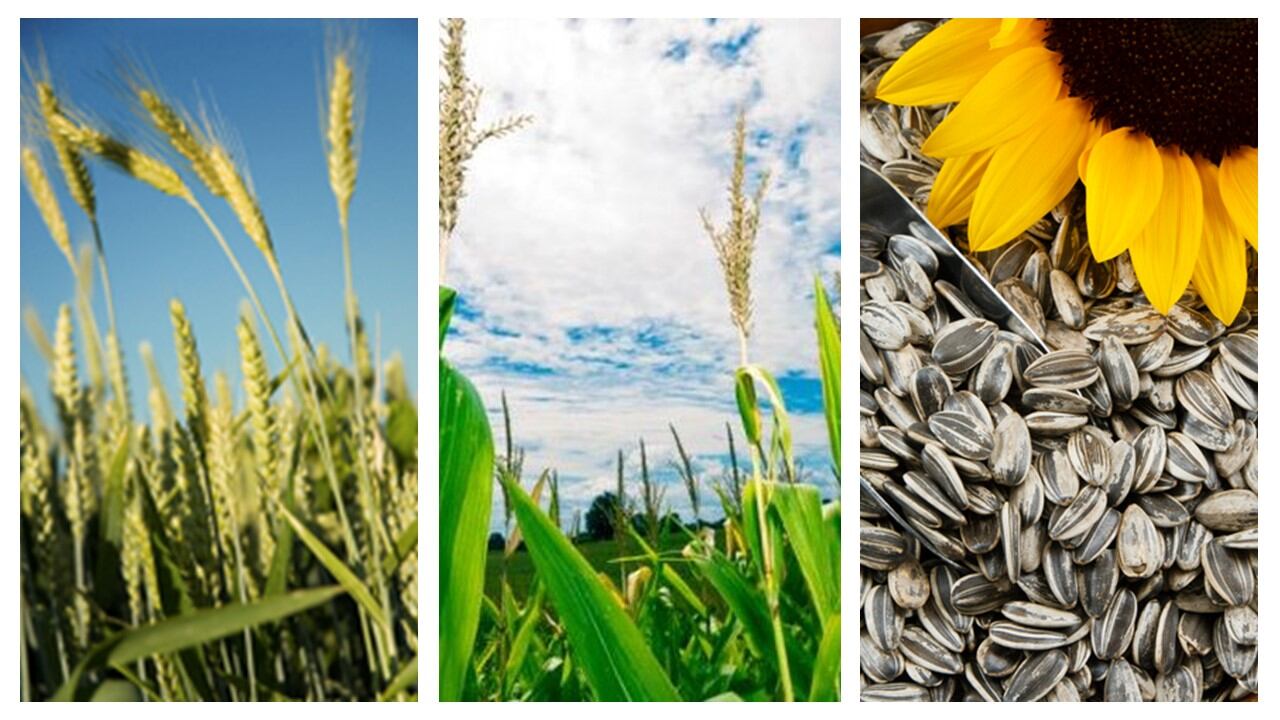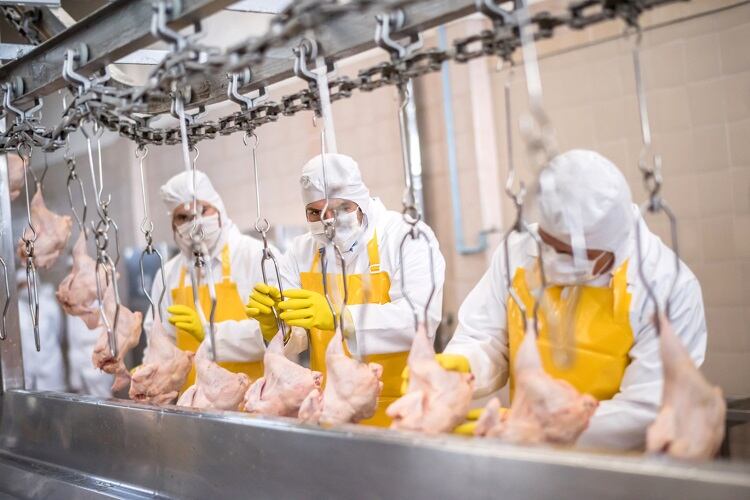According to a recent report from Rabobank ('The Grain Drain After Ukraine,' March 2022), Ukraine and Russia together account for over 16% of global corn exports and 28% of global wheat exports, with analysts noting that it is "impossible to assess how much of this volume will be lost."
Whatever happens, a reduction in global wheat and corn supplies means we can expect to see an increase US corn and wheat exports "in at least the current crop year, potentially trimming ending stocks for another year,” added Rabobank.
In the near term, "US planted area is expected to increase in 2022 to 2023,” said the bank. “However, US farmland is reaching its agricultural frontier, which may prevent further expansion of major crop production. As a result, strong competition for US acreage will continue."
Longer term, meanwhile, "national average farm prices are expected to remain higher than the average prices observed in the last decade," predicted Rabobank.
‘Ukraine's infrastructure has been severely damaged’
In a recent webinar exploring the impact of Russia’s invasion on key food crops, analysts at Mintec - which provides commodity pricing data and analysis - noted that “Ukraine's infrastructure has been severely damaged, so [even if the conflict were to end right now], it doesn't mean that Ukraine will go back to huge amounts of exports as we've seen in prior years.”
Pricing analyst Kyle Holland explained: “The lack of farm machinery is an issue for Ukraine, diesel's an issue, the lack of spare parts for vehicles damaged in conflict… even tilling and tending the fields is extremely difficult. And how do you look after crops when you don't have the fertilizer, the pesticides, and so on?”
Global wheat stocks are the lowest they have been since 2006/2007
Wheat stocks globally are the “lowest they have been since 2006/2007,” added Holland, and the Ukraine/Russia conflict is putting further strain on the market.
“Russia and Ukraine are not necessarily the biggest producers of wheat, but they are very important on the export market… I think the general consensus is that it's extremely likely that there is a decline of wheat production in Ukraine… and it was a key exporter… So what does that mean?”
Wheat prices have been at “pretty high price levels for a long time now,” he said, which means many of the key importers of wheat such as Egypt “didn't actually purchase much forward… but these players will need to dip into the market [now] and that's what we're seeing … Algeria, Egypt, Tunisia… are also short [of wheat] and need to purchase.”
Current wheat crop conditions around the world are also “really mixed,” he added: “We have a very good crop from Australia, but we also have other factors which are not quite as good.”
China, for example, will “likely a poor crop according to the Chinese government, so that means that they will probably rely much more on imports particularly from Australia,” he said, while “the US crop is also under drought conditions.”
Fertilizer prices, meanwhile, are “so high it's almost a double-edged sword. Do you buy the fertilizer and then reduce your margin on your crops, or do you risk it and go without fertilizer, knowing that the yield and overall production will likely be limited?”
“The market is exceedingly volatile, so markets have moved up, down, sideways, in huge swings… and any piece of news that comes out of Ukraine or Russia is making people worry about supply.” Kyle Holland, pricing analyst, Mintec
Corn: Ukraine crop could be ‘more or less off the table’
As for corn, Ukraine exports roughly 80% of its corn production, he said. "Much like wheat, corn is extremely volatile, so effectively, the market is tied to what happens in Ukraine and the Russian situation, whether it's rumors or whether it's actual news, so it’s moving dramatically upwards and downwards.”
The big question is around planting, he said, noting that 62% of corn growing areas in Ukraine are in ‘at risk’ zones. “Corn is a spring crop, so Ukraine is planting late April into May… So does Ukraine plant, can it plant.. does it have the inputs?”
In the worst case scenario, he said, “Very little corn could be planted…and that's not even considering some of the lack of farmer inputs, fertilizers, diesel to drive machinery, machinery being damaged, the shortage of parts… many players think Ukraine will provide very limited corn and that effectively, this whole crop will be more or less off the table.”
On the plus side, he said, the Brazilian Safrinha corn crop “has been well planted, and so far, it looks rather good. We're looking at probably at a good sized crop, and many players think that this could be a silver lining with all that’s happening in Russia and Ukraine."
“Trade flows have begun to change… so we have European traders looking at buying corn from Brazil… which is making the market very nervous indeed.” Kyle Holland, pricing analyst, Mintec
Oilseeds: ‘Because people cannot get hold of sunflower oil, they have begun to switch out into other products’
Looking at oilseeds, he said, a significant percentage of the sunflower growing regions in Ukraine are also in conflict zones, with some industry experts predicting a sharp decline in acreage, which coupled with a shortage of key inputs from fertilizer to farm equipment, could mean that Ukraine “may [only] produce nine million metric tons [this year], a dramatic decline from years previous [last year it was 14 million tons].
“And this is linked to the fact that sunflower seed is planted in the spring and harvested October, November or December depending on the region in Ukraine, so it is not yet planted.”
He added: “I've heard from some of my contacts on the ground in Ukraine that some farmers are already selling their seed and their fertilizer, because they're not convinced that they can plant sunflower seed in the region.”
As for pricing, he said, the uncertainty around sunflower oil is impacting the price of other oils, “because people cannot get hold of sunflower oil, they have begun to switch out into other products, particularly rapeseed oil… increasing the price of that massively.”
Even olive oil, which “seems very much removed from some of these price increases, as it’s not produced in Ukraine or Russia in any great depth,” is being impacted, he said. “Because people can't buy sunflower oil, people are moving to olive oil in their canned goods, so the price pressure moves to products you probably wouldn’t think about.”


